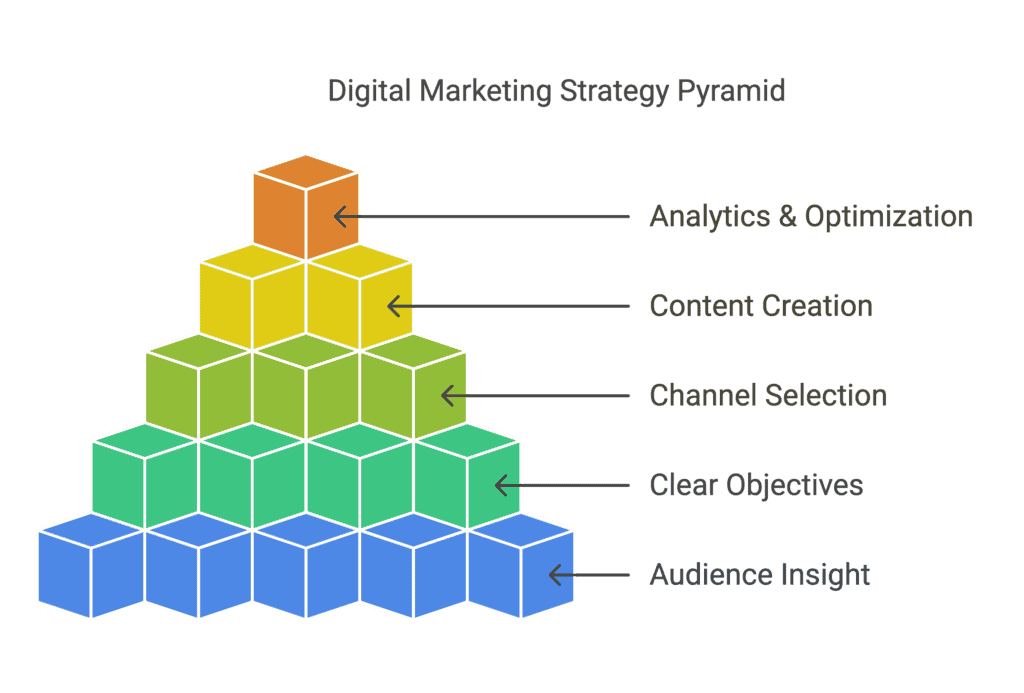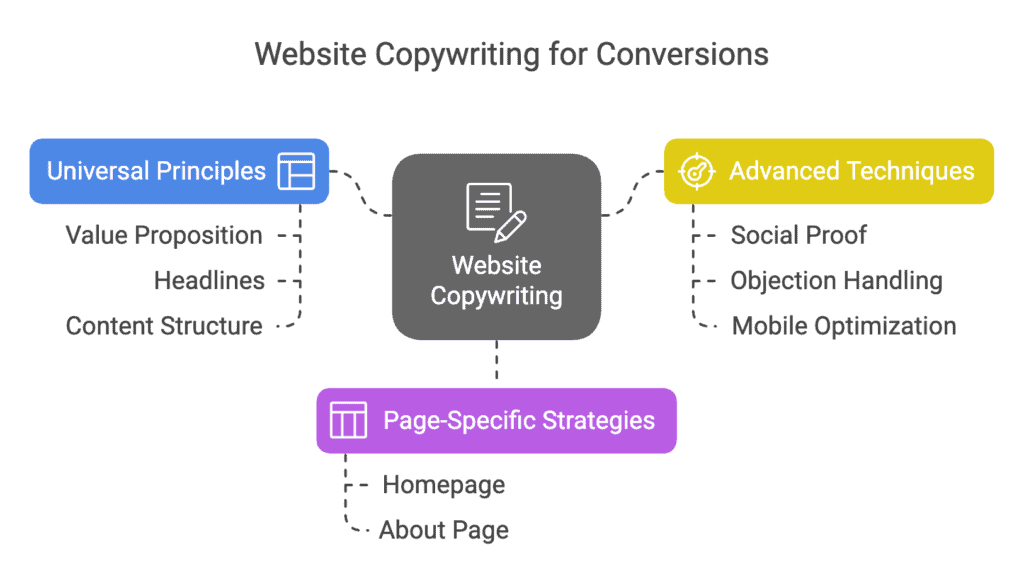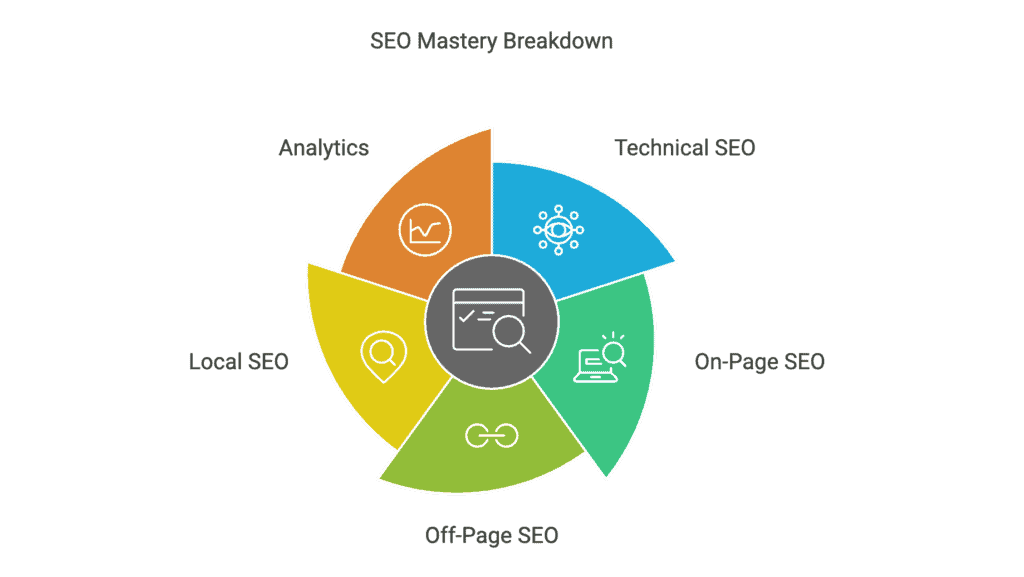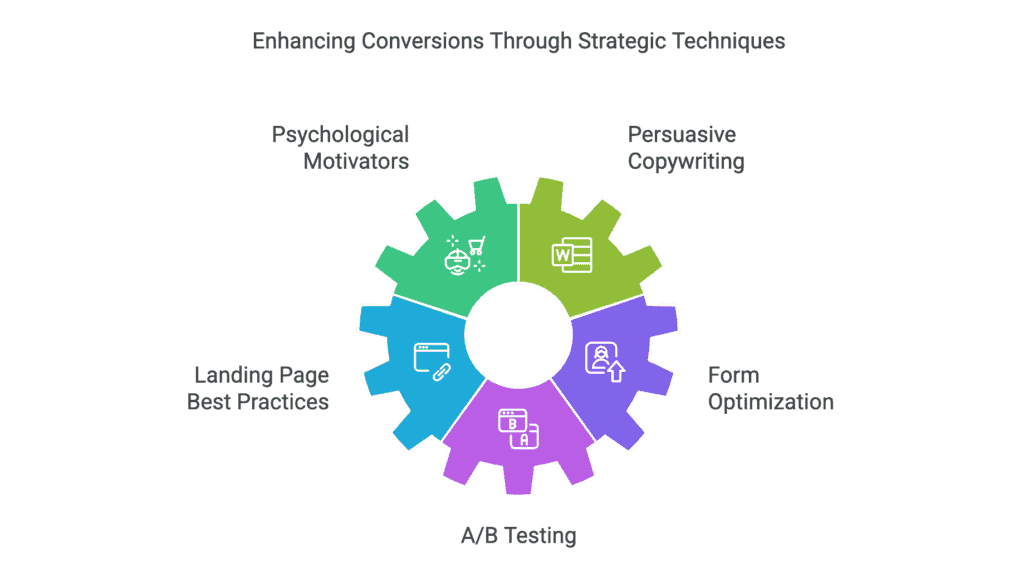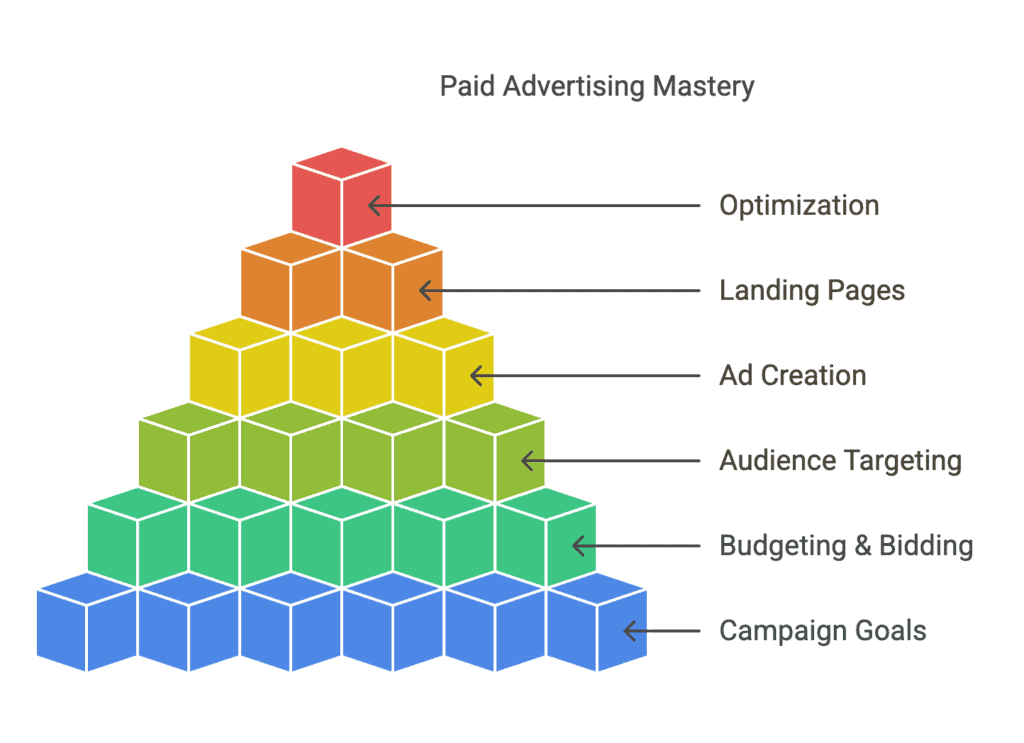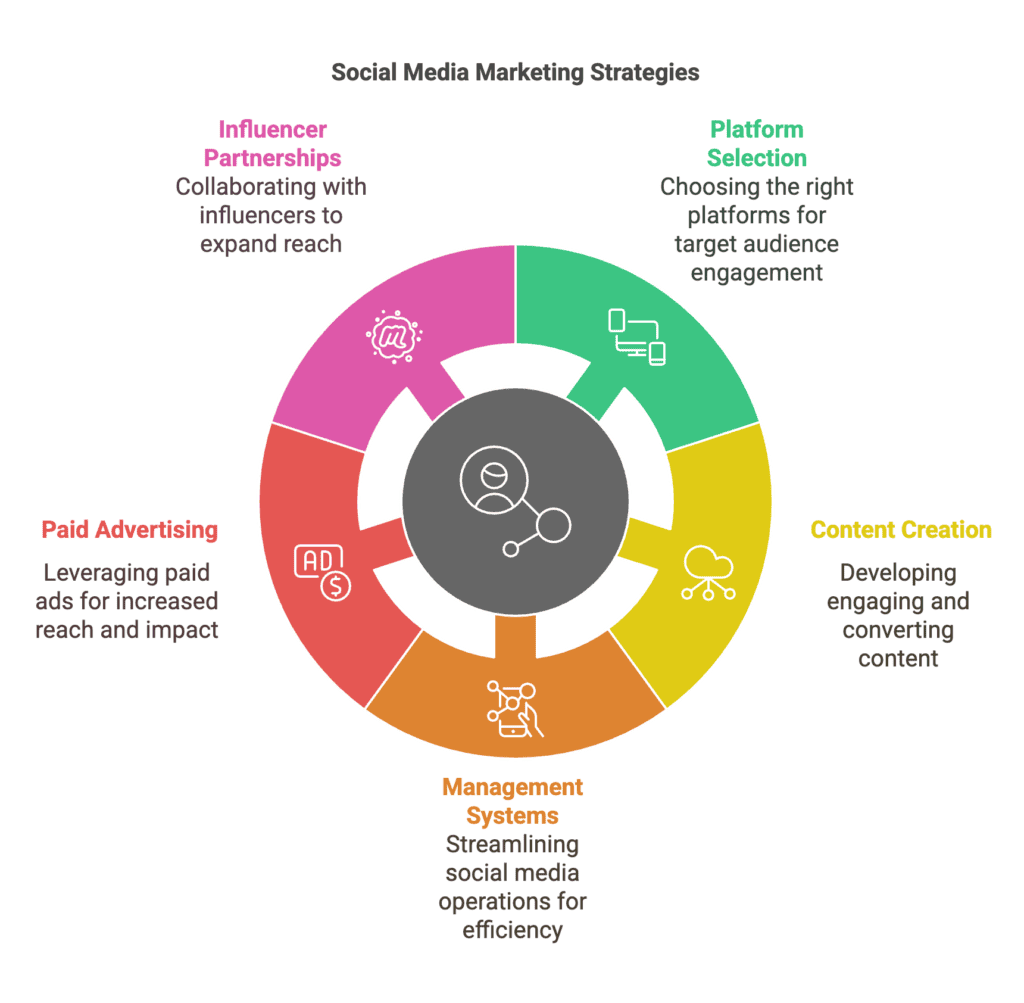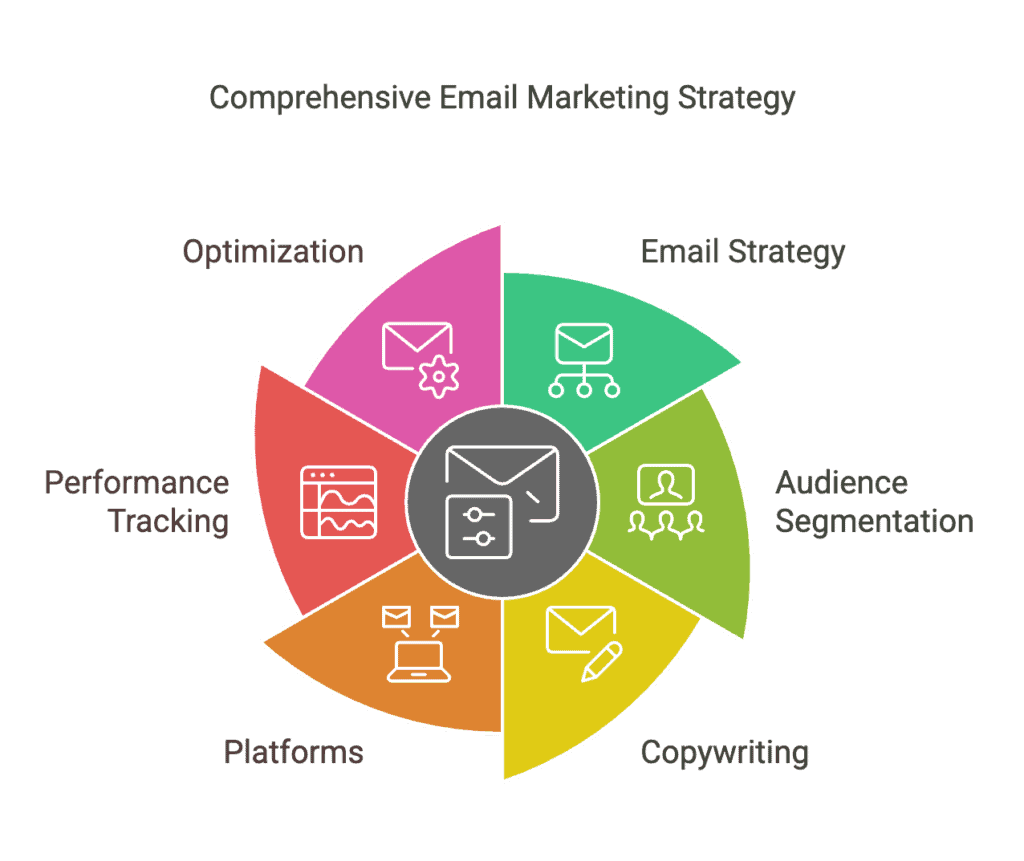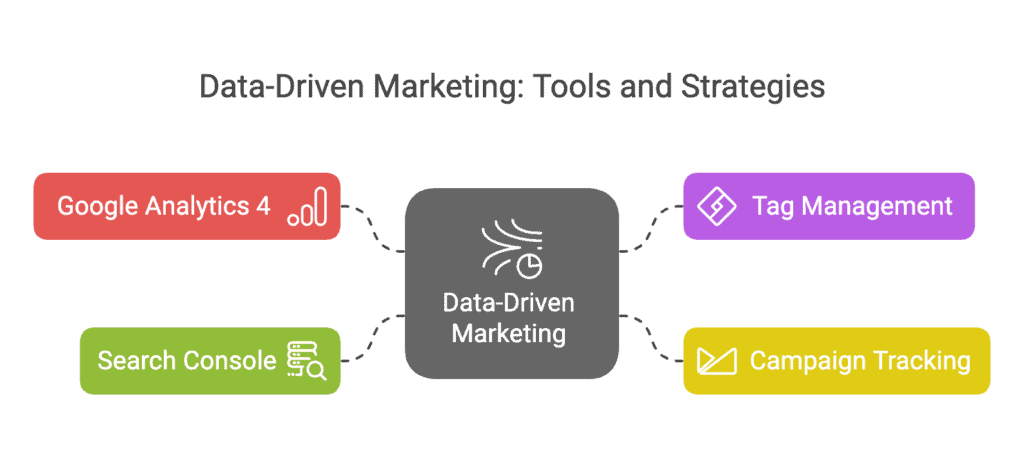Digital Marketing Strategy Fundamentals
In this comprehensive guide, you’ll learn the core fundamentals of creating an effective digital marketing strategy that drives real business results. Whether you’re a small business owner just getting started or a marketing professional looking to refine your approach, this resource will help you build a strong foundation. Difference Between A Marketing Strategy and Tactics […]
Digital Marketing Strategy Fundamentals Read More »
